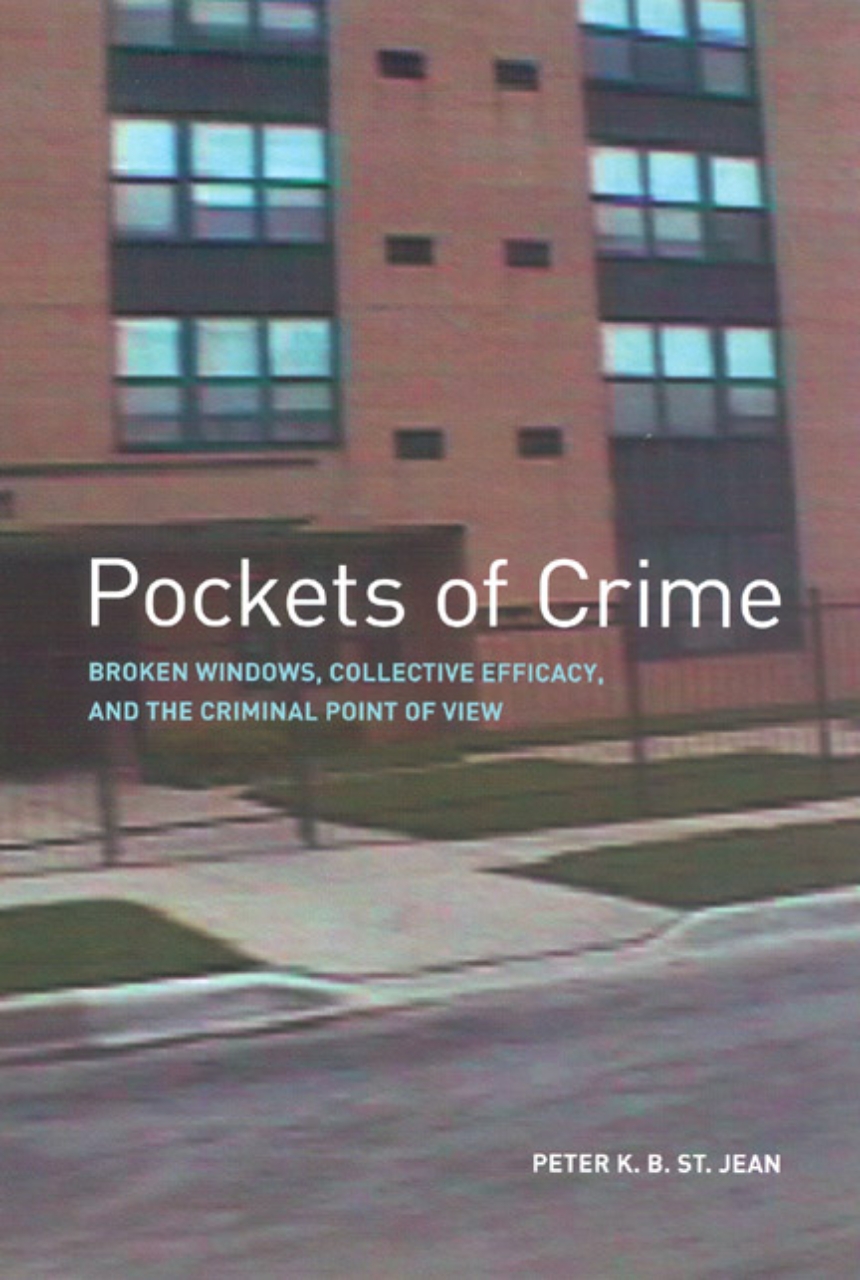Pockets of Crime
Broken Windows, Collective Efficacy, and the Criminal Point of View
Pockets of Crime
Broken Windows, Collective Efficacy, and the Criminal Point of View
Why, even in the same high-crime neighborhoods, do robbery, drug dealing, and assault occur much more frequently on some blocks than on others? One popular theory is that a weak sense of community among neighbors can create conditions more hospitable for criminals, and another proposes that neighborhood disorder—such as broken windows and boarded-up buildings—makes crime more likely. But in his innovative new study, Peter K. B. St. Jean argues that we cannot fully understand the impact of these factors without considering that, because urban space is unevenly developed, different kinds of crimes occur most often in locations that offer their perpetrators specific advantages.
Drawing on Chicago Police Department statistics and extensive interviews with both law-abiding citizens and criminals in one of the city’s highest-crime areas, St. Jean demonstrates that drug dealers and robbers, for example, are primarily attracted to locations with businesses like liquor stores, fast food restaurants, and check-cashing outlets. By accounting for these important factors of spatial positioning, he expands upon previous research to provide the most comprehensive explanation available of why crime occurs where it does.
256 pages | 41 halftones, 5 maps, 3 line drawings, 5 tables | 6 x 9 | © 2007
Geography: Social and Political Geography, Urban Geography
Sociology: Criminology, Delinquency, Social Control, General Sociology, Urban and Rural Sociology
Reviews
Table of Contents
Acknowledgments
1 Introduction and Overview
2 Explaining Crime Hotspots: Overview and Extensions of Broken Windows and Collective Efficacy Theories
3 Here’s the Neighborhood: A Video Ethnographic Tour of Grand Boulevard, 2000
4 Perceived Sources of Neighborhood Disorder
5 “Where’s the Dope At?” The Need to Understand Drug Dealing from the Ground Up
6 “I Want It, I See It, I Take It”: The Robbery Hotspots
7 “That’s the Way We Grew Up”: The Battery Hotspots
8 What This All Means: Summary, Conclusions, and Implications
Appendix A: Methodological Appendix
Appendix B: Recent Trends in Research on Broken Windows
Appendix C: Recent Trends in Research on Collective Efficacy
References
Index
